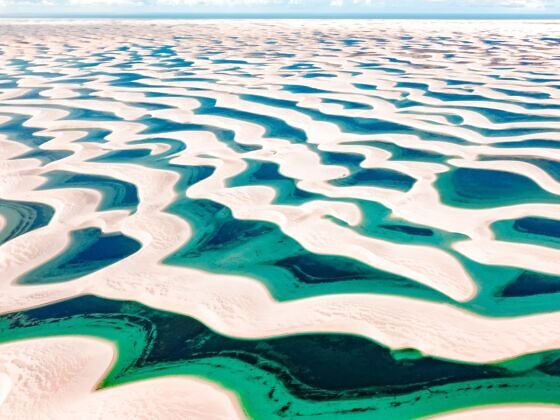On July 26, 2024, UNESCO announced the addition of 24 new properties to its long list of World Heritage sites, making for a total of 1223 properties world wide. The UNESCO World Heritage list covers three types of sites: cultural, natural, and mixed, and includes Australia’s Great Barrier Reef, France’s Mont-Saint-Michel, Italy’s Appian Way, and Yellowstone National Park in the US, which are some of the most famous. One site that was only listed this year is Lençóis Maranhenses National Park, a 380,000-acre natural site located in northeastern Brazil.


This National Park Has Finally Been Listed as a UNESCO World Heritage Site
Lençóis Maranhenses National Park is predominantly a white-sand dune field that gets flooded every year during the rainy season (from February to May). After the rainy season, the spaces between the sand dunes are filled with rainwater to form beautiful turquoise lagoons of varying size and depths. While some the lagoons are ephemeral, others are permanent. Although the park is open year-round, to see Lençóis Maranhenses National Park at its most scenic, when the lagoons are full, visit between May and August.
A perfect day in Lençóis Maranhenses National Park is one that includes walks among the dunes and swim sessions in the freshwater lagoons. Some watersports like wakeboarding and kitesurfing are allowed in the park’s lagoons when conditions allow, and off-road rides in accredited 4×4 vehicles is also possible.
Lençóis Maranhenses National Park is the 24th Brazilian site to be recognized by UNESCO. Others include the historic town of Oura Preto, Iguaçu National Park, and the Pantanal Conservation Area.
While the Lençóis Maranhenses National Park was already protected in Brazil since 1981, its addition to the UNESCO World Heritage list will ensure and reinforced the conservation of the natural site for the future.